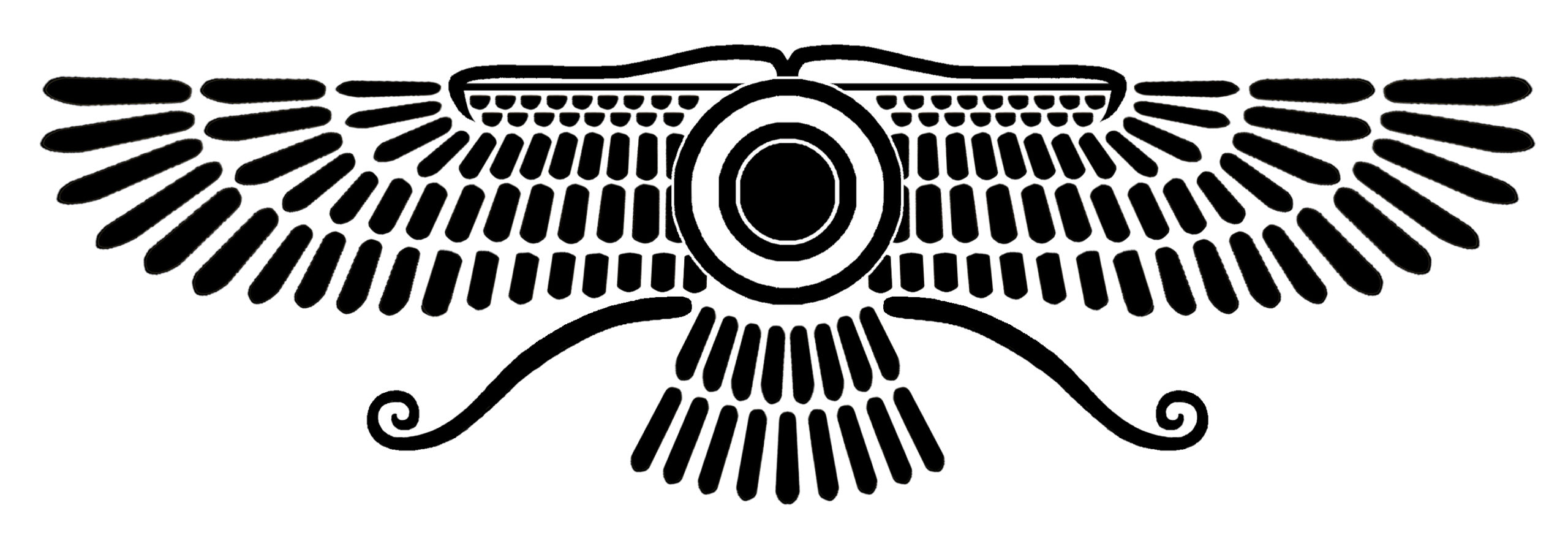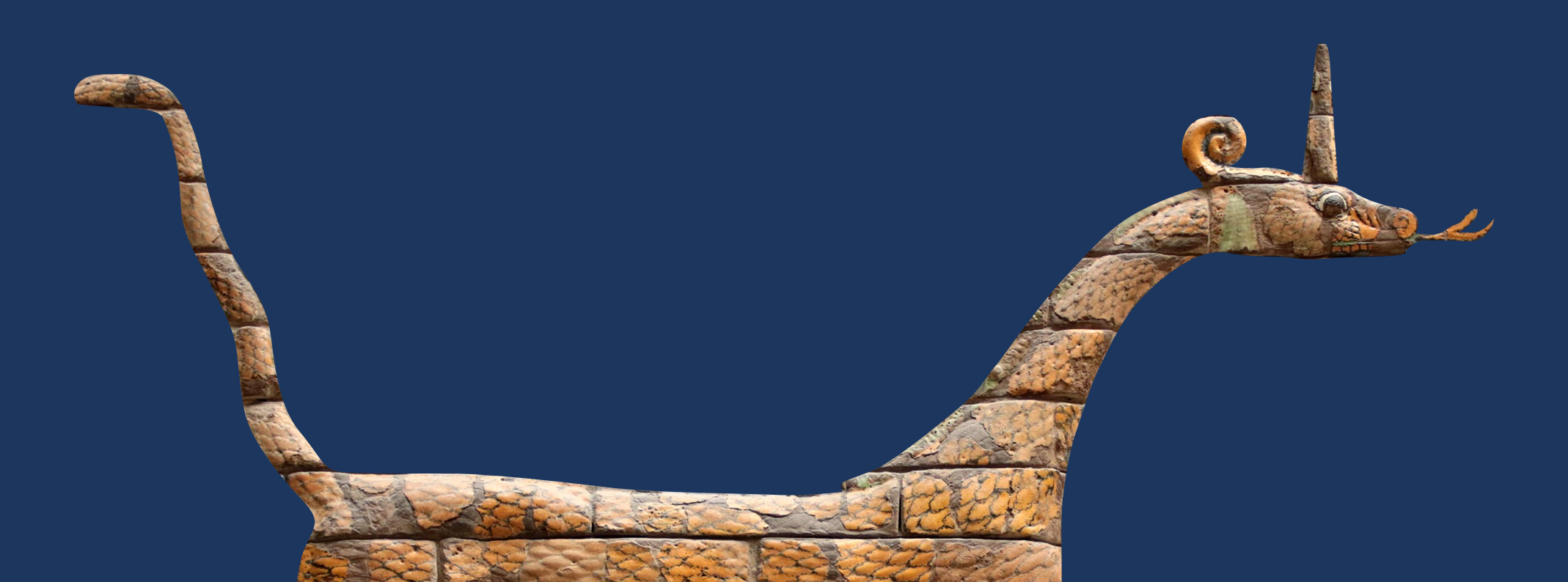In samenwerking met Ex Oriente Lux presenteert de Music and Beyond Foudation dit jaar opnieuw een Syrië-dag met als thema: Future of Syrian Cultural Heritage (Engelstalig). De dag vindt plaats op 23 juni 2017. De dag wordt besloten met het concert van de bekende oud-speler Fawaz Baker.
Tijdens deze Syrië-dag zullen allerlei aspecten van het Syrisch cultureel erfgoed ter sprake komen, zoals de toekomst van het tekstonderzoek, archeologie, christelijke architectuur en muzikale traditie. Syrische zowel als Nederlandse wetenschappers zullen hun visie op die toekomst geven.
Met het entreebiljet van het RMO hebt u toegang tot de Syrië-dag.
Please register here
Abstracts
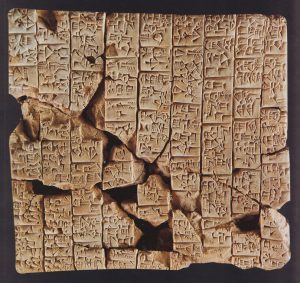 Drs. Theo J.H. Krispijn
Drs. Theo J.H. Krispijn
(Leiden University)
The future of the cuneiform textual heritage of Syria: The case of Ebla
There are many texts found during excavations in Syria. For the third millennium the city of Ebla (Tell Mardikh) is very important. About 20.000 tablets and fragments have been found in the ruins of this city, mainly in the royal palace. The majority of the tablets concerns the palace administration on the issue of silver and textile to king’s subjects. Very impressing is Ebla’s enormous lexical tradition. The often bilingual (Sumerian and Ebla-Akkadian) vocabularies give an almost complete picture of language, vocabulary and scribal education. Few literary texts have been found so far, but they are extremely important to our knowledge of the earliest Akkadian literary tradition. I want to discuss the question how to make public this rich tradition to a broad interested Syrian and international audience.
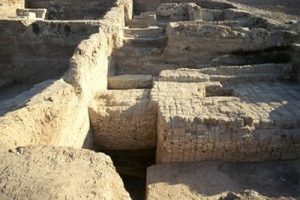 Dr. Diederik W.J. Meijer
Dr. Diederik W.J. Meijer
(Leiden University)
Traditional Excavations in Modernizing Times
The results and interpretation of two main excavations and one survey in Syria (mostly concerning the Bronze Ages) will be presented and illustrated, and some attention will be paid to the changing techniques archaeologists used over the last 50 years. The recent events in Syria have demolished much of our work, and it is now urgent to think of ways to safeguard the heritage that we still possess in the way of records and illustrations.
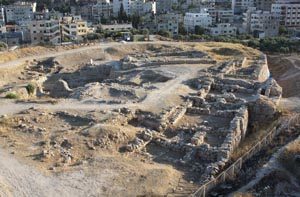 Dr. Gerrit van der Kooij
Dr. Gerrit van der Kooij
(Leiden University)
Dealing with endangered cultural heritage: The case of Tell Balata, Palestine
The archaeological heritage of the site of Tell Balata (historical Shechem-Shikmu, near Nablus) was/is endangered in two ways (especially under the occupation till 1995):
- The physical remains, excavated and not excavated, were threatened by natural forces combined with human forces (‘urban pressure’ and neglect), resulting in erosion, collapse, garbage pits and other changes.
- The interpretation of the site and the excavated remains was largely based on biblical narratives, especially for touristic and popular audiences, neglecting the intrinsic cultural values of the different periods represented in the tell. The Tell Balata Archaeological Park project (2010-2014) aimed at (physical) preventive conservation, assessment of previous excavations and subsequent changes, and reinterpretation by a change of focus and paradigm). It also concerned presentation to the local and foreign public, including ways to promote new tourism.
This project was designed and implemented by a joint Palestinian-Dutch team in cooperation with UNESCO, at the Palestinian ministry of the Tourism and Antiquities, with close involvement of the local people, and funded by the Dutch Government.
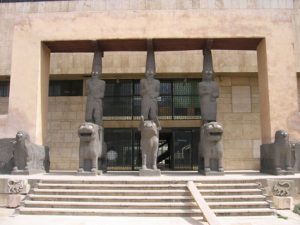 Khaled Hiatlih and Rasha Haqi (DGAM Damascus)
Khaled Hiatlih and Rasha Haqi (DGAM Damascus)
World Heritage in Syria
Syria is the proverbial ‘cradle of civilization’. The country counts several UNESCO World Heritage monuments, countless numbers of spectacular sites and important archaeological museums. Since 2011 the relentless crisis threatens this archaeological heritage. The Syrian Directorate General of Antiquities and Museums (DGAM) attempts to mitigate the damage as much as possible. The DGAM collaborates with Syrian and international professionals, employing a broad network of staff members and ordinary cities across the country, regardless of political perspective. In this lecture we discuss ongoing Syrian initiatives to protect the Syrian archaeological and historical heritage.
Khaled Hiatlih and Rasha Haqi worked as staff members of the DGAM in Damascus. Recently they arrived in the Netherlands, settling in Den Haag and preparing for continuing their study Archaeology at Leiden University. They have coordinated several heritage projects in Syria. In 2017 they co-initiated the Dutch-Syrian heritage project Focus Raqqa at the LDE Centre for Global Heritage and Development.
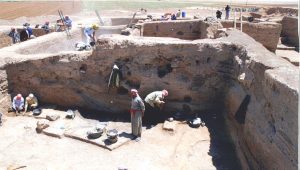 Dr. Olivier Nieuwenhuyse
Dr. Olivier Nieuwenhuyse
Focus Raqqa
Since February 2017, Dutch and Syrian archaeologists have worked together in the Focus Raqqa project. The city of Raqqa is today known as the capital of the terrorist group IS (DAESH) caliphate. However, for the Syrian crisis, it was the hub of many archaeological activities in the area, including Dutch field explorations and excavations. The crisis has had catastrophic consequences for archaeological field projects in the region. The archeology has come to a halt. Foreign teams have gone to safer places. The museum and the depots in the city have been destroyed. The Focus Raqqa project has begun with a detailed inventory of lost and stolen archaeological heritage. With this we create opportunities for future identification of archaeological objects, and we hope to assist future Syrian archaeologists to rebuild local archeology.
Dr. Olivier Nieuwenhuyse is affiliated with the Leiden-Delft-Erasmus Center for Global Heritage and Development. He has done field work in many places in the Middle East: in Lebanon, Syria, Turkey, Jordan and Northern Iraq. From his hand appeared numerous scientific and popular scientific publications about the full width of the ancient Near East archeology. He is currently conducting an excavation project in northern Iraq.
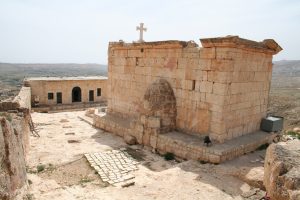 Dr Mat Immerzeel
Dr Mat Immerzeel
(Leiden University)
The Qalamun: Reconstructing the Late Antique and Early Byzantine landscape between Damascus, Homs and Palmyra
The mountainous area to the north of Damascus, known as the Djebel Qalamūn, has long been a Christian stronghold in Syria. Although the churches and monasteries of cities such as Saydnaya and Ma῾alula were largely modernized in the 1860s, one still recognizes architectural elements from the Early Byzantine and medieval periods. If the reconstruction of the Christian religious landscape in this area is still in its infancy, it is clear that it hides another, no less fascinating layer dating back to the Roman era or earlier. The main focus is on the transitional period, when temples were transformed into churches, and on the key position of the Monastery of Our Lady in Saydnaya as one of the most important pilgrim’s attractions in the Middle East. Since the region did not escape from the devastating effects of the Syrian war, the present situation will also be elucidated.
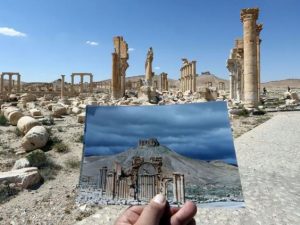 Nour A. Munawar
Nour A. Munawar
(University of Amsterdam)
Representations of Heritage Destruction and (Re)construction
Photo Credit: Arch of Triumph of Palmyra, Josph Eid-Getty Images, 31 Mar 2016
Since the revolutionary movements, or the so-called “Arab Spring” in the Middle East and North Africa turned into serious armed conflicts in Libya, Syria, Yemen, and Iraq; numerous national and international initiatives have emerged to promote and protect cultural heritage. The threats of cultural heritage destruction differ from country to country, as much as the level of damage that occurred to archaeological sites and facilities.
Fears and concerns have rapidly grown after ISIS controlled the World Heritage Site of Palmyra in May 2015. Social media platforms played a major role in recirculating the media products (videos, images, news) of the jihadi militia destroying the artifacts of the Mosul museum to bring the attention to the fact that Palmyra might shortly face a similar fate.
Media reports promptly promoted the all vandalistic and iconoclastic actions of ISIS; ignoring – together with the international community – that Palmyra had been threatened before the ISIS offensive attack to control the World Heritage Site. All this triggers significant debates, starting from questioning how objective the media was when they shed light only on ISIS destructions of heritage sites in Palmyra, Nimrud and Nineveh. Is ISIS the only “bad guy” in the Syrian conflict? In this paper, I go beyond to answer what are the semantics of the destructions and (re)constructions of cultural heritage in conflict zones?
Nour A. Munawar (1988) is a PhD researcher in Archaeology at the University of Amsterdam (UvA). Nour is originally Palestinian – Syrian, born and raised in Aleppo city. Nour’s PhD project is focused on: “The (Re)construction of Syrian and Iraqi Cultural Heritage in Post-Conflict Contexts”. He is an expert with The United Nations Educational, Scientific and Cultural Organization (UNESCO) in the field of Safeguarding the Syrian Cultural Heritage. He is, also, a member of The International Council on Monuments and Sites (ICOMOS-Nederland). Nour finished a Master in Archaeology from the University of Warsaw, Poland. Documentation and analysis of destruction have been crucial parts of his MA thesis titled: “Preserving Cultural Heritage in Conflict Areas, Aleppo city, Syria”. His MA thesis was largely based on the knowledge and experience that he has gained while pursuing MA studies at the faculty of archaeology in University of Leiden. Email: a.munawar@uva.nl
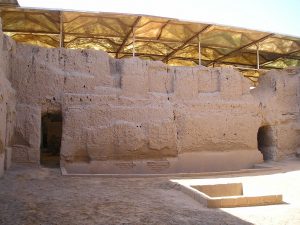 Richard Dumbrill
Richard Dumbrill
(ICONEA University of London)
Mari in Syria: An account of musical life four thousand years ago
The remains of the palace of king Zimri-Lim
Richard will speak about the important collection of cuneiform tablets found at the site of Mari (Deir ez-zor) and Aleppo. These texts give information about the lives of musician girls, their education and the instruments they played and also information about musical instrument making, some 4000 years ago, showing a long tradition and continuity in the musical life of Syria from its origins to our days.
Richard Dumbrill is a musicologist specialised in the music theory and practice in the Ancient Near East. He is the Director of ICONEA (International Council of Near Eastern Archaeomusicology) at the University of London and works in close collaboration with the Sorbonne in Paris. He has lectured about Ancient Babylonian music at Harvard and Yale as well as Baghdad, Beirut, Kaslik, Babylon etc. He has widely published books and articles. He is the editor of ICONEA proceedings, co-editor of NEMO Online (Near-Eastern musicology online, Beirut-London and ARAM (Aram association for Syro-Mesopotamian Studies at Oxford.).
Fawaz Baker
(Musician-musicologist, University of Aleppo)
Songs from Sufi Zikr tradition
